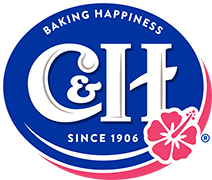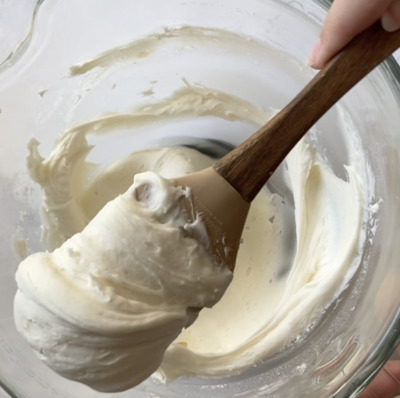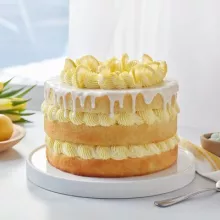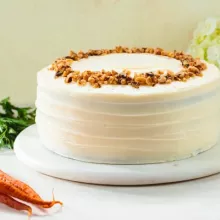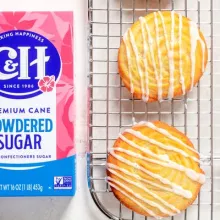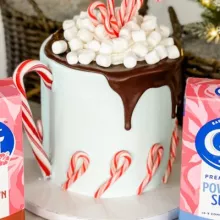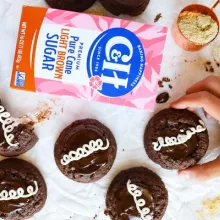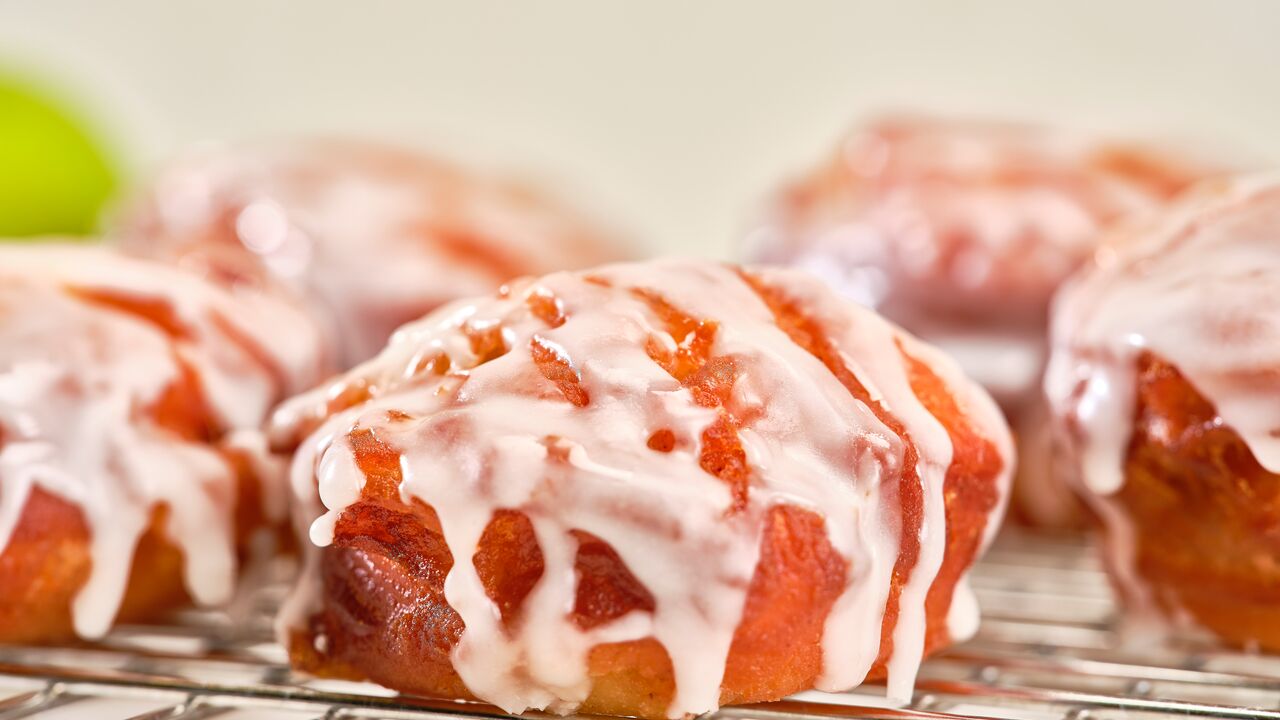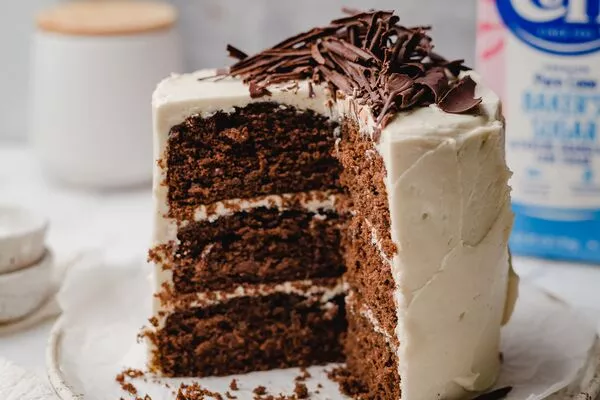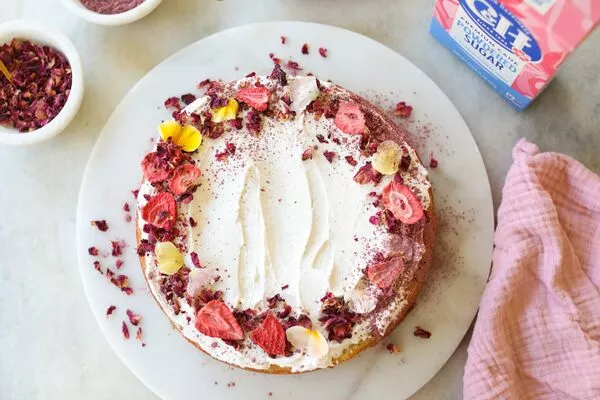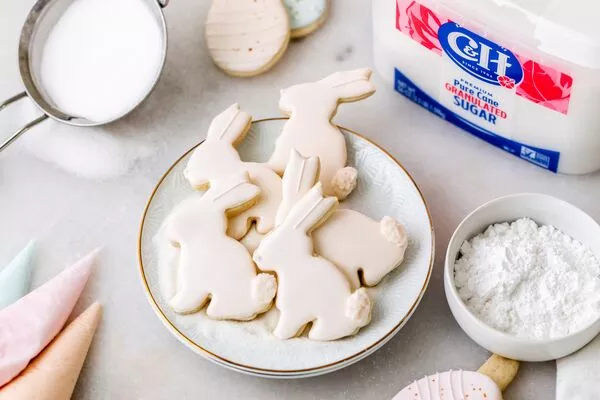
Buttercream Frosting
There are so many different types of buttercream recipes, but you just can’t beat a classic American Buttercream. I’m going to walk you through all my tips to getting the perfect buttercream consistency for frosting desserts like cakes, cupcakes and cookies!
Picking Good Quality Ingredients:
Buttercream is made up of just three main ingredients - butter, sugar and milk. Of course, you can add flavors to it but the main ingredients make up the bulk of the recipe so it’s important to use good quality ingredients.
I always use C&H® Powdered Sugar because it’s very fine and provides an exceptionally smooth and silky texture when it’s creamed with the butter.
I like to use a good quality unsalted butter for my buttercreams but it’s ok to use salted if you prefer that flavor instead.
For the milk, I generally opt for a full-fat milk for a creamier texture but any milk will do. The important thing with the milk is how we add it in.
Working at an optimal temperature:
I would argue that this is the most important factor in reaching the perfect consistency for buttercream frosting.
You want the butter to be at “room temperature”. Everyone’s room temperature is generally different so a more accurate description would be to have the butter soft enough to be malleable but not too soft that it looks at all greasy. I find that the best temperature for me to work with buttercream is around 70F (21C).
If it’s warmer, you risk the butter being soft and requiring more sugar to stabilize it and less (or no milk) to loosen it. This would make it overly sweet. If the butter is too cold, it won’t cream properly with the sugar, so it won’t be a silky smooth texture.
You also want the milk to be at room temperature so that it emulsifies properly with the butter and sugar. If the milk is warm, you risk melting the butter. If it’s cold, you risk curdling the butter when adding the milk so make sure it’s at room temperature.
Combining the ingredients properly:
Once the ingredients and the temperature of the room are optimal it’s time to combine them. I like to use a whisk attachment for two reasons:
- It makes buttercream super fluffy, airy and light.
- If you’ve ever had issues with sugar flying out of the mixer and covering your counter you’ll appreciate this. When adding the C&H® Powdered Sugar, use the whisk attachment to mix the sugar and the butter at low speed and it will not create a cloud of powdered sugar.
Then you can increase the speed for medium/high for a few minutes, until the frosting is well combined. Make sure to scrape the bottom and edge of the bowl a few times, to ensure the consistency and texture is the same throughout and that all the C&H® Powdered Sugar is well combined and smooth.
If you find that you want the texture a little softer and more spreadable, feel free to add more room temperature milk to the buttercream, one tablespoon at a time.
If you find that the texture of the buttercream is too soft to frost a cake, I recommend refrigerating the buttercream for half an hour. Scrape the edge of the bowl and give it a good mix every few minutes to ensure that it’s chilling evenly.
Getting the buttercream smooth for decorating:
If you’re frosting or decorating a cake or piping on cupcakes, you may want the buttercream to be extra smooth with no air bubbles. There is two ways to do this:
- Use a rubber spatula and spread the buttercream back and forth on the edge of the bowl, pressing out the air bubbles.
- Use a paddle attachment with the mixer on the lowest speed for a few minutes to press out the air bubbles.;
